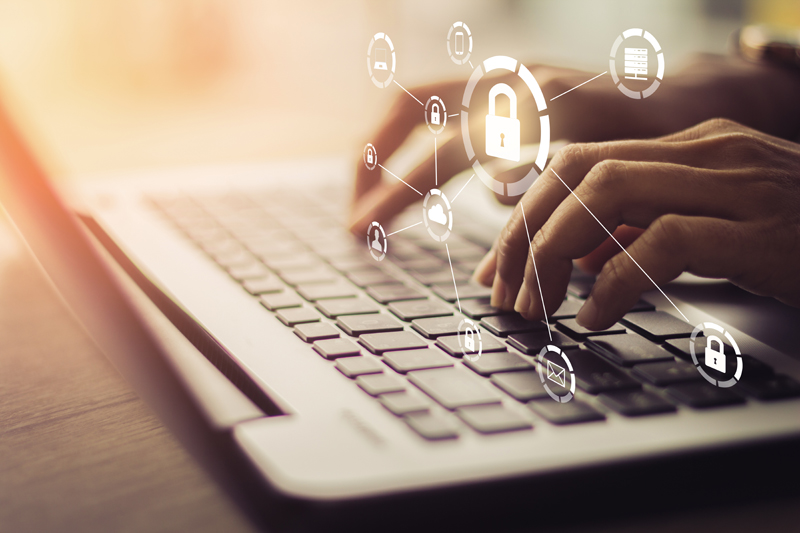Software should be user-friendly and well designed, but apps that are developed must also be safe. Users can increase safety by using complex passwords, connecting their devices only to safe networks, and so on. On the other hand, to ensure that the user experience is high, and the app is safe, the companies and organizations who create the software must minimize risks and increase the quality of their end products. They can do this by having Security Quality Assurance (QA) on board.

Insurers have already proven that they can be part of the solution when it comes to building resilience and preparedness against cyber risks. Implementing appropriate measures and controls can be seen as a kind of “digital vaccine” against cyber risks, Munich Re claims for example.
Prevention services that are particularly in demand include network security, backup of critical systems and data, anti-malware tools, identity and access management, and IT security consulting.
In this table I've summarised the steps in the software development process at which security measures make sense:
To sum up, Security QA should be the best friend of software developers at every stage of app creation because Security QA is like a full-time guard for the application, always on duty. So, expect more articles about the Security QA process in detail here on //next soon.
For further interesting reading click here: https://qantum.medium.com/qa-and-cybersecurity-fa1968cd728c
Text: Bartosz Pudło, Security QA at ERGO Technology & Services
Most popular